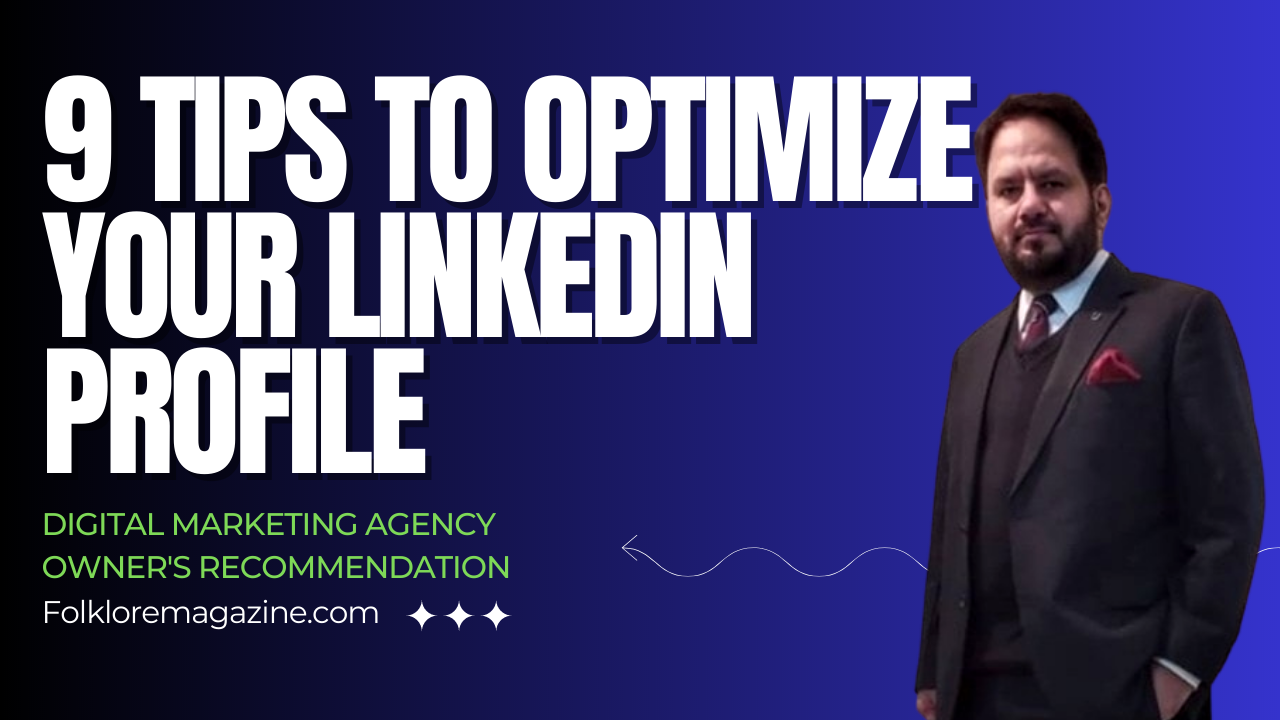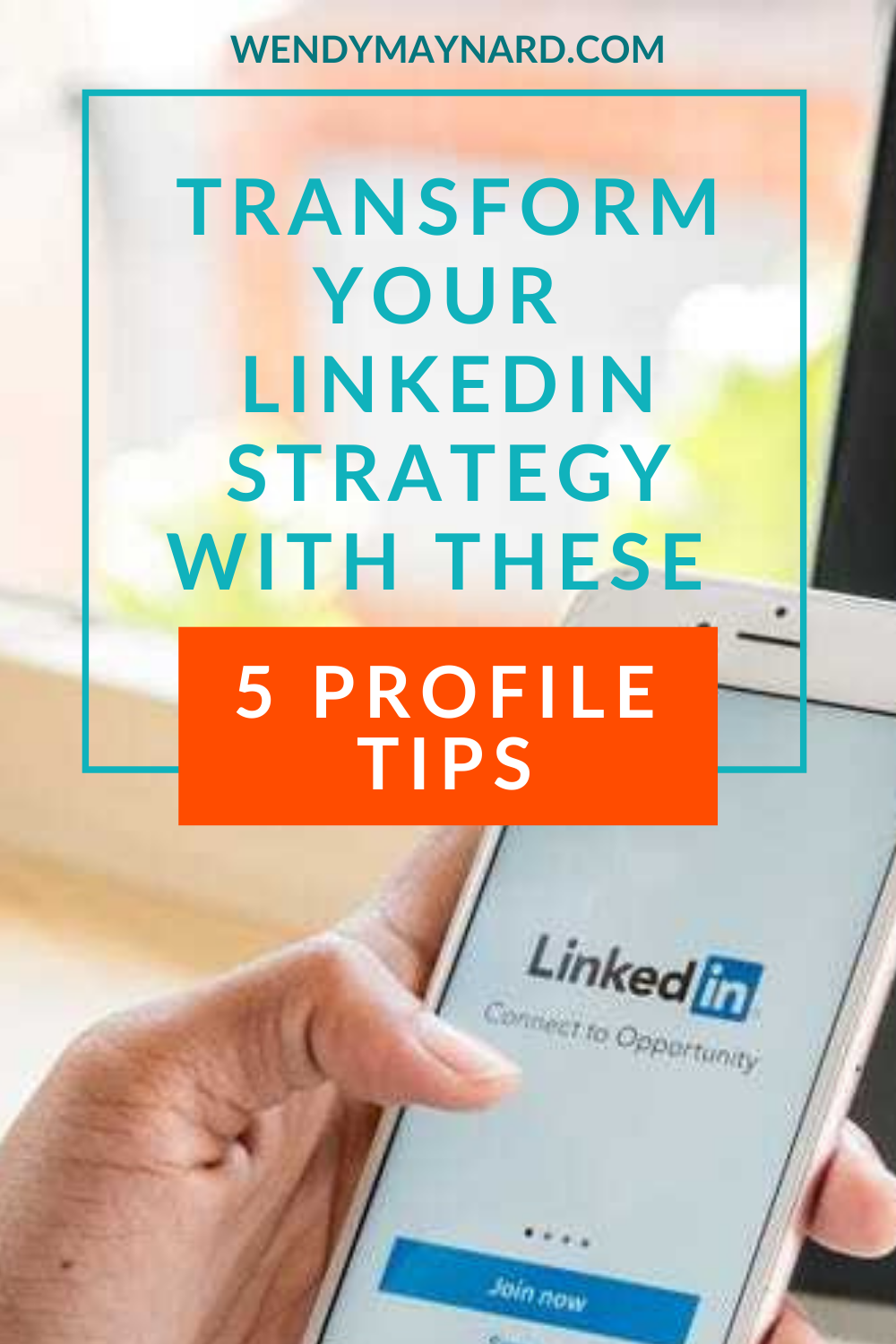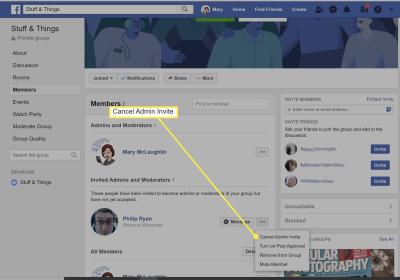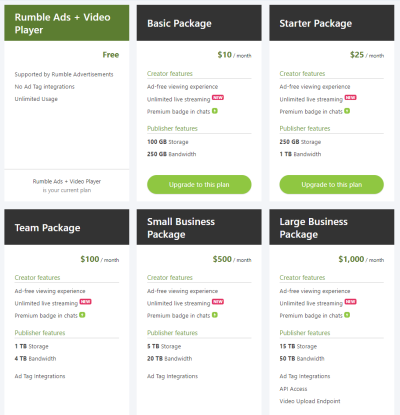When it comes to building a standout LinkedIn profile, one crucial aspect often gets overlooked: selecting the right industry. It may seem like a small detail, but choosing the appropriate industry can significantly impact your visibility and relevance on the platform. In an era where networking is king, this decision can facilitate connections that lead to exciting job opportunities, partnerships, and collaborations. Let’s dive into why industry selection matters and how to make the best choice for your professional branding.
Understanding the Importance of Industry Selection

Choosing the right industry for your LinkedIn profile is far more than just filling out a form; it's about strategically positioning yourself for growth and opportunities. Here are several reasons why this decision is essential:
- Visibility: LinkedIn uses algorithms to suggest content and connections. If your industry aligns with your skills and experience, you'll appear in more relevant searches, increasing your visibility to potential employers and collaborators.
- Relevance: The industry you select communicates not only what you do but also who you are professionally. By accurately reflecting your sector, you can attract like-minded professionals and opportunities.
- Networking Opportunities: By aligning yourself with the right industry, you'll have a better chance of connecting with key players in your field. Whether it's through groups or direct messages, your connections will be more meaningful.
- Content Engagement: Posting articles, updates, or other content relevant to your industry can position you as a thought leader. Engaging with industry-related content will keep your feed active, drawing attention from peers and recruiters.
In conclusion, your industry selection plays a pivotal role in defining your LinkedIn presence. It's your professional identity at a glance, shaping the types of opportunities that come your way. So, take the time to choose wisely! Consider your aspirations, current trends, and the networks you want to engage with. Remember, the right industry can open doors you didn't even know existed.
Step 1: Assess Your Skills and Interests

Before diving into the vast sea of industries on LinkedIn, it’s essential to take a moment for some self-reflection. Evaluating your skills and interests can significantly shape your career path and help you find an industry that resonates with who you are. Here are some steps to guide this process:
- Make a List: Start by jotting down your skills. These could be technical skills like coding or softer skills such as communication. What are you genuinely good at?
- Identify Your Passions: Think about what excites you. What topics do you love engaging with? What hobbies bring you joy? Your interests can often indicate the industries where you’ll thrive.
- Seek Feedback: Sometimes we’re not the best judges of our abilities. Ask friends, family, or colleagues what they see as your strengths. Their perspective can provide valuable insights.
- Use Online Assessments: Numerous online platforms offer career assessments tailored to pinpoint your interests and strengths. These can serve as a helpful reference point.
Understanding your skills and interests can guide you towards an industry that not only suits your qualifications but also keeps you engaged and motivated in your career journey.
Step 2: Research Potential Industries

Once you have a clearer understanding of your skills and interests, it's time to explore potential industries that align with your findings. Researching these industries will not only expose you to various career paths but also help you understand the market demand and growth opportunities. Here’s how to do it effectively:
- Industry Analysis: Look into different sectors, like technology, healthcare, finance, and creative industries. What excites you the most? Each sector has distinct characteristics.
- Utilize LinkedIn: LinkedIn is a treasure trove of information. Check out companies in those industries, follow industry leaders, and join relevant groups. This will provide insights into current trends and challenges.
- Check Job Listings: Browse job postings in your areas of interest. Analyze the qualifications and skills required. This can help you gauge if your profile aligns with industry expectations.
- Networking: Reach out to professionals currently working in those industries. Ask them about their experiences, day-to-day tasks, and the skills they consider essential.
Taking the time to research potential industries not only helps you make an informed decision but also demonstrates your proactive approach when you present yourself on LinkedIn. Understanding the landscape of your chosen field can provide a significant edge in your career development.
Step 3: Analyze Industry Trends and Growth Opportunities
Choosing the right industry for your LinkedIn profile goes beyond simply picking a field that sounds appealing; it involves a deep dive into the trends and growth opportunities that exist in various sectors. So, how do you go about analyzing these aspects?
First, start by *researching current trends. This means looking at emerging technologies, consumer behaviors, or shifts in regulations that could impact industries. Here are some effective ways to do this:
- Use Industry Reports: Websites like IBISWorld and Statista provide comprehensive reports on various industries that detail market trends and projections.
- Follow Influential Publications: Subscribe to industry journals or platforms like Forbes and LinkedIn’s own editorial content that regularly publish insights.
- Engage in Online Communities: Platforms such as Reddit, or LinkedIn Groups, often discuss real-time issues affecting specific industries.
Next, evaluate the growth opportunities in your chosen industry. Ask yourself the following questions:
- Is the industry expanding or contracting?
- What skill sets are in demand?
- Are there new sectors within the industry that are emerging?
In addition, consider geographical trends—some industries may be booming in one country but stagnating in another. By aligning your LinkedIn profile with a current and promising industry, you set yourself up for more connections and career opportunities.
Step 4: Evaluate Your Current Network
Now that you’ve identified potential industries, it’s time to think about your existing network*—the people you already know. Your network can play a crucial role in how effectively you can transition into a new industry.
Start by taking inventory of your connections on LinkedIn. Here are some steps to follow:
- Identify Key Contacts: Look for professionals in your current network who are already working in your target industry. Make a list of these individuals.
- Assess Your Connections: Consider what skills and experiences you can leverage or learn from these contacts. Are they leaders in their field? Do they have insights that can help inform your career transition?
- Reach Out: Don’t hesitate to connect! Send personalized messages explaining your interest in their industry, and ask for a quick chat or advice.
Remember, networking is not just about extracting information; it’s about building relationships. When evaluating your network, also think about:
- Who can offer you mentorship?
- Which connections might introduce you to others in the industry?
- What skills can you learn from them that enhance your profile?
Your network can be a powerful ally in navigating your career change. So take the time to engage with it thoughtfully and strategically!
Step 5: Make an Informed Decision
After you've completed your research and self-assessment, it’s time to make a well-informed decision about which industry to focus on in your LinkedIn profile. This step is crucial because the industry you choose will shape how you present yourself and connect with others in your professional network.
Here are some tips to help you finalize your choice:
- Evaluate your findings: Look back at your research and self-assessment notes. What industries stood out to you? Which ones align with your skills, values, and long-term goals?
- Seek feedback: Don’t hesitate to ask for insights from trusted colleagues, mentors, or peers. Their experiences and perspectives could provide valuable context.
- Consider future potential: Think about the industries that are growing and evolving. What sectors are likely to be in demand? Your choice should ideally position you for future opportunities.
- Trust your instincts: Sometimes, your gut feeling can guide you to the right decision. If an industry excites you, it might be worth exploring further.
Once you've made your decision, it’s time to update your LinkedIn profile accordingly. Make sure to include relevant keywords specific to the industry you've chosen. This will help you get noticed by recruiters and professionals within that field.
Lastly, don’t forget to revisit your choice periodically. As industries evolve and your career progresses, it’s essential to stay adaptable and open to new opportunities.
Conclusion
Choosing the right industry for your LinkedIn profile is more than just picking a label. It’s a strategic decision that can significantly impact your professional journey. By following the steps outlined in this post, you can navigate the complexities of industry selection with more confidence.
To recap, here’s a quick summary of the process:
- Assess your skills and interests.
- Conduct thorough industry research.
- Engage with professionals in your desired field.
- Identify potential employers and opportunities.
- Make an informed decision based on your findings.
Remember, your LinkedIn profile is a living document. It should evolve alongside your career, reflecting your experiences and achievements. The industry you choose will guide you on the right path and help you connect with others who share your professional passions.
So go ahead, take that step, and make the most of your LinkedIn profile by showcasing the industry that resonates with you!










